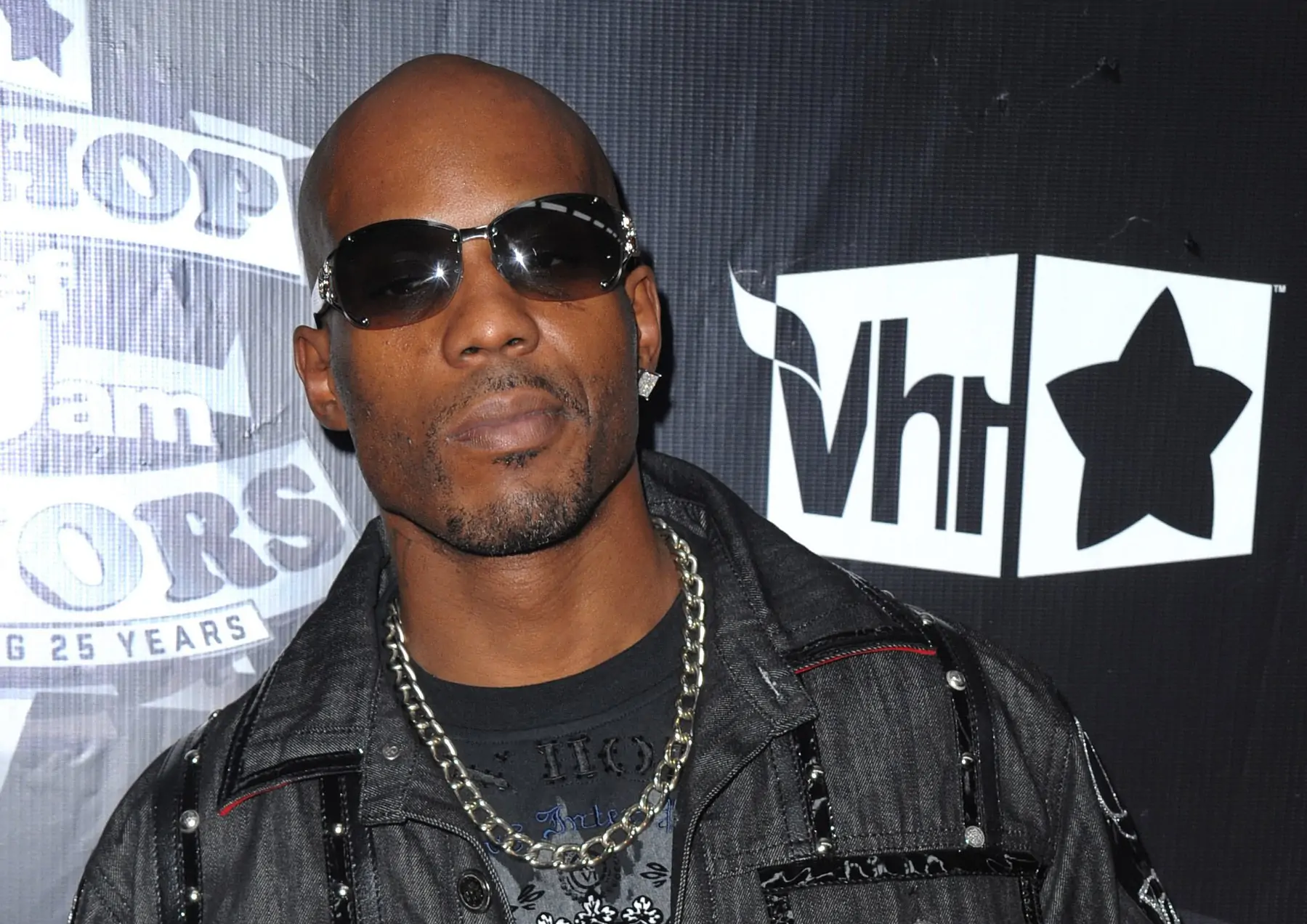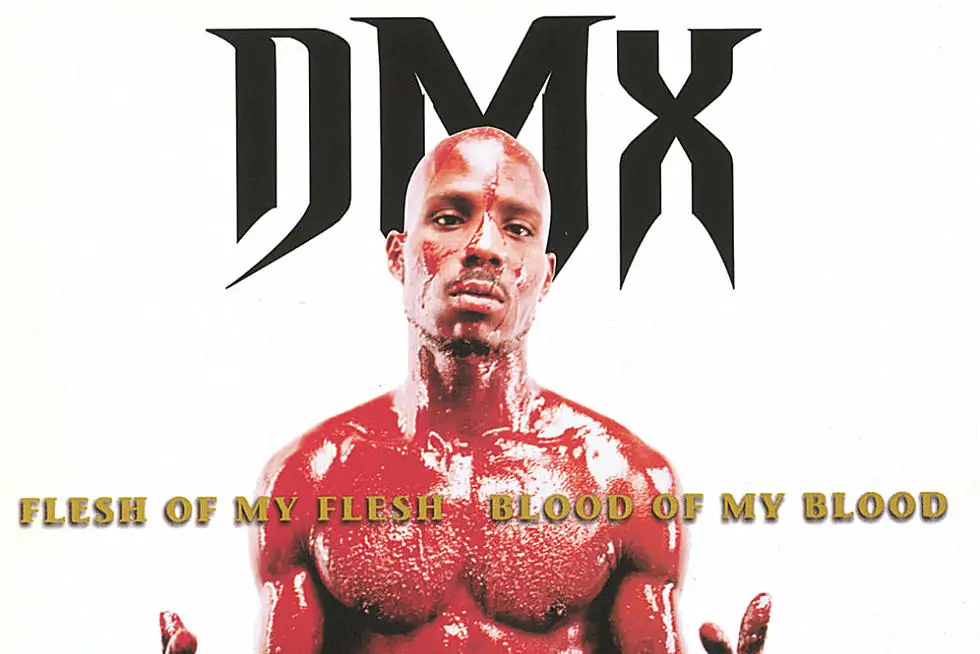
In the summer of 1998, Earl “DMX” Simmons was on top of the world with the multi-platinum release debut of It’s Dark and Hell is Hot. The streets had a new champion who flamed out the shiny suit era and became a voice for the broken, unheard, down-and-out, everyday hustler. The critical and commercial success of the album placed DMX on top of hip hop, but seven months later, it would be the daring release of his sophomore album, Flesh of my Flesh, Blood of my Blood, that solidified X as a king who lived lightyears beyond his peers.

After a troubled childhood, years of homelessness on the street, and multiple failed attempts to get a record deal, DMX was rightfully and finally enjoying the fruits of his hard work. Then an opportunity presented itself to take his career success even higher. Former co-president of Def Jam, Lyor Cohen, challenged DMX to release another album before the end of 1998—with a promise of a million-dollar bonus. A dual album release by a single rapper in the same year had only been accomplished once before. In 1996, Tupac Shukar released All Eyez on Me in February, and the posthumous The Don Killuminatii: The 7 Day Theory was released later in November. Still feeling the stings of his hard road, X proudly accepted the challenge. “It took me thirteen years to get a deal. You gonna get more than a couple albums outta me,” said X to GQ Magazine.
Legend has it that the recording process of DMX’s Flesh of my Flesh, Blood of my Blood took a month to complete. Lyor Cohen’s million-dollar offer created the fire in DMX that motivated the creative process. “I wanted to get that bonus, so I wasn’t playing with that whole studio sh*t. I wanted to get it out,” DMX told Fader.

A primary difference between Flesh of My Flesh… and DMX’s first album is the production. It’s Dark and Hell is Hot had a darker tone, but the second release was sonically lighter. Swizz Beatz had only produced one song at that point, “Ruff Ryders Anthem,” but it made him a star enough that his uncles Dee and Waah and aunt Chiivon—who were head of Ruff Ryders—trusted their nephew to produce most of Flesh of My Flesh, Blood of My Blood. Songs like “Bring Your Whole Crew”, “Ain’t No Way”, and “No Love for Me” showcased X’s bare chest, baggy overalls party-side. Yet the album cover, with DMX standing in a bathtub covered in blood, symbolized the emotional depth that the Yonkers MC’s felt in the music. “That really explained X, though,”said fellow Ruff Ryder Drag-On to Vlad TV, “because he was really pouring his blood out [in]to his music.”
With Flesh of my Flesh, the traumatic upbringing of Earl Simmons, the man, was brought more into the light by DMX, the rapper. In the church street symphony “Coming From” ft. Mary J Blige, X describes an unpretty life, “Places that I’ve been, things that I have seen. / What you call a nightmare is what I have as a dream.”The conflict of X’s faith is placed on musical display with “Ready to Meet Him,” where Simmons bares his soul in rhyme conversation with God. While both tracks echo X’s past torments, “Slippin’” became the signature song of the trials of X’s life moving forward.
The gamble to release a second album in the same year paid off for DMX. According to RIAA, it sold 670,000 copies in the first week and, later, 3 million. The album also debuted at number 1 on the Billboard 200, making X the first living rapper to do so. Flesh of my Flesh, Blood of My Blood revealed DMX’s soul and his struggle for the world to witness. The year 1998 is considered hip hop’s golden era, but DMX—with the release of two successful albums—became its undisputed ruler.



